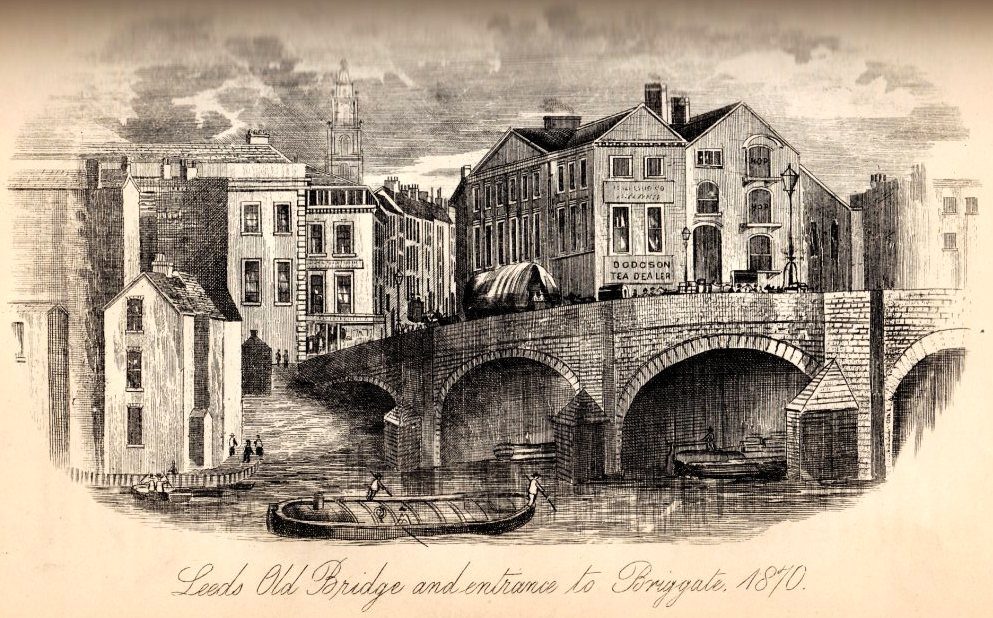Leeds is a beautiful city with beautiful nature, unique architectural monuments, parks and squares. Every year, thousands of tourists come to the city to learn more about its history and enjoy the special atmosphere of England. In this article, we will tell you about the history of Leeds Bridge. They say that the history of Leeds Bridge is the history of Leeds itself. You can find out whether it is true or not at leeds-future.com.
History of the bridge: an important crossing over the River Aire
Nobody knows exactly when the bridge over the River Aire appeared in Leeds. However, it is known that the townspeople started talking about a new bridge across the river in 1327. The bridge over the River Aire had a chapel dedicated to St Mary. However, there are no archive records about the materials that were used during the construction of the new facility.
Historians note that there were probably no stone bridges in the city until the 15th century. During the reign of James I (1566-1625), there was a ferry on the bridge site. The profit from the ferry was part of the joint income of Jacob I’s wife, Anne of Denmark.

Stone bridge and market
When the stone bridge appeared, as it was already written above, the chapel of St Mary was built nearby. However, some called this place an Ecclesiastical Toll Bar. It ceased to function in 1540. Later, it was used as a grammar school and a warehouse. When the chapel was demolished, a cloth market was opened in its place. Sellers displayed their goods on benches. They came to the bridge every Tuesday and Saturday morning. By the way, the fabric was hung even on neighbouring houses and local inns. The market opened at seven a.m., the market bell rang and buyers filled the area near the bridge. Trading went very fast, already at 8.30 the market bell rang again, which meant that the market was closing and trading was suspended until the next market day.
It should be noted that in 1648, it was decided to move the market to Broad Street. There the market became large-scale and cloth production was carried out in the open air.
In those days, the townspeople considered the bridge a strong one. However, it was actually created from three separate structures that were built side by side. The middle part was the first one and in 1730, it was complemented with the right part. Thirty years later, the third one was added on the left side. Those two additions were made of ordinary stone.
The bridge was often repaired, as evidenced by West Riding records of the 17th century. And It was repaired at great expense (£40 or £50). This was a lot of money at that time because the wages of an experienced mason didn’t exceed one shilling a day. For example, in 1678, £55 was spent to repair the bridge. However, that amount wasn’t enough because several defects were found in the foundation during the inspection. As a result, the total sum was £84.
Another repair and expansion of the bridge took place in 1796. In 1871, £2,000 was allocated for the reconstruction of Leeds Bridge. It was rebuilt according to the project of T. Dyne Steel. The coat of arms of the Leeds Corporation was depicted on its eastern side and a plaque with the names of civic dignitaries was installed on its western side. Let’s add that Leeds Bridge was the busiest one. As of 1869, 4,000 vehicles and 55,000 foot passengers used it every Saturday.
Another reconstruction of the facility took place in 2018 to prevent the destruction of old Leeds Bridge.
That was the history of Leeds Bridge. We hope that our article was informative and that you learned new information about this city.